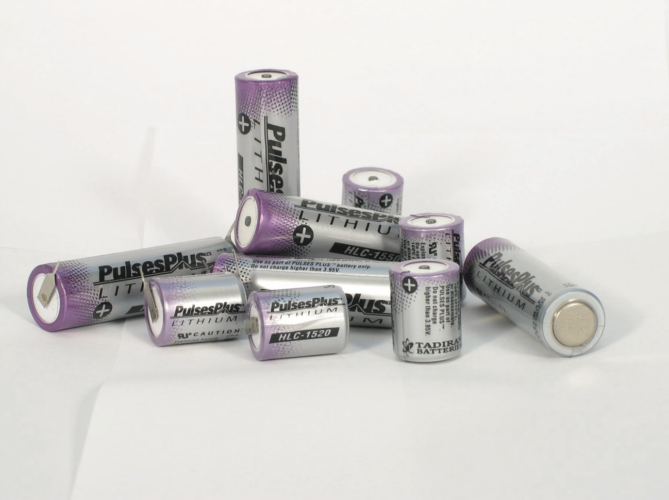It’s possible to power remote wireless devices up to 40 years with ultra-long-life lithium batteries.
By Sol Jacobs, VP & General Manager at Tadiran Batteries.
The industrial internet of things (IIoT) is experiencing rapid growth in demand for low- power remote wireless devices being deployed at remote sites and in harsh environments. These applications include AMR/AMI metering, M2M, SCADA, tank level and flow monitoring, asset tracking, and environmental sensors, to name a few.
Where battery replacement is prohibitively expensive or impossible, extended battery life may be a necessity. For example, a structural stress sensor mounted beneath a bridge truss is prohibitively expensive to replace. A seismometer installed along the ocean floor is impossible to replace, with battery failure resulting in permanent system failure, a total loss of investment, and compromised data integrity.
To extend battery life, most low-power devices mainly operate in a ‘standby’ state, drawing average current measurable in micro-amps with periodic pulses in the multi-amp range. These devices are predominantly powered by primary bobbin- type lithium thionyl chloride (LiSOCl2) batteries that deliver unique performance advantages, including extremely high capacity and energy density to support product miniaturization, an extended temperature range of –80 to +125°C, which is ideal for use in harsh environments, along with an annual self- discharge rate as low as 0.7% per year, which permits up to 40-year battery life.
Bobbin-type LiSOCl2 batteries can achieve very low self- discharge rates due to their unique ability to harness the passivation effect. Passivation occurs when a thin film of lithium chloride (LiCl) forms around the anode of an inactive battery to create a separation barrier from the cathode, thus limiting the chemical reactions that cause self-discharge. Whenever the battery starts to draw continuous current the passivation layer begins to dissipate, which is a continually repeating process.
LiSOCl2 batteries differ significantly in their ability to harness the passivation effect. For example, a superior quality bobbin-type LiSOCl2 cell can feature a self-discharge rate as low as 0.7% per year, able to retain roughly 70% of its original capacity after 40 years.
By contrast, a lower quality cell can have a self-discharge rate as high as 3% per year, losing 30% of its nominal capacity every 10 years, making 40- year battery life impossible.
Delivering the high pulses required for two- way wireless comms IIoT-connected devices increasingly require high pulses to power two-way wireless communications. Standard bobbin-type LiSOCl2 batteries deliver exceptionally low self-discharge but cannot generate high pulses due to their low-rate design. This obstacle can be easily overcome with the addition of a patented hybrid layer capacitor (HLC). Utilizing this hybrid approach, the standard LiSOCl2 cell delivers low-level background current during ‘stand-by’ mode while the HLC generates high pulses during ‘active’ mode. The patented HLC also features a unique end-of-life voltage plateau that can be interpreted to generate low-battery status alerts that serve to extend battery life and support predictive maintenance.
Comparing battery brands head-to-head can be difficult as cells with higher self-discharge rates often take years to become fully measurable. As a result, thorough due diligence is required when evaluating competing batteries. Start by demanding long-term test results along with in-field data comparing equivalent devices with similar energy demands and environmental conditions. You should also request multiple customer references.
Investing in a higher quality battery invariably pays off by reducing your cost of ownership, improving product reliability, and protecting data integrity.

